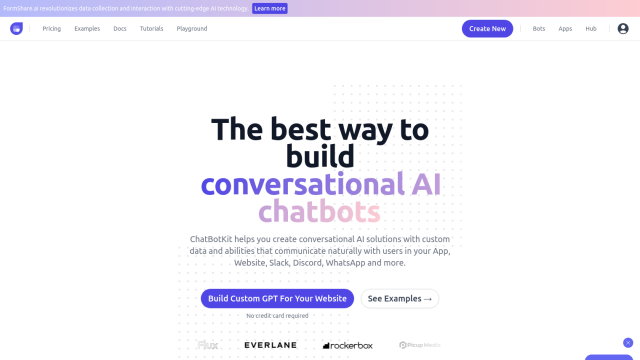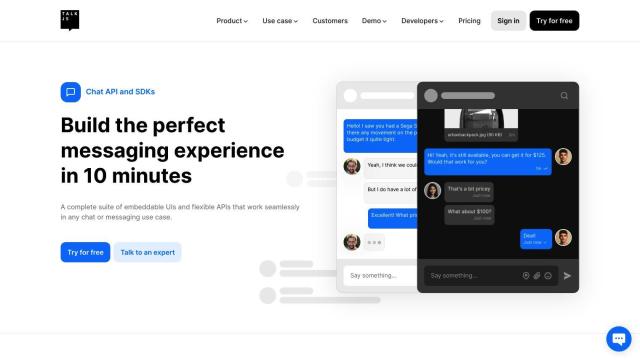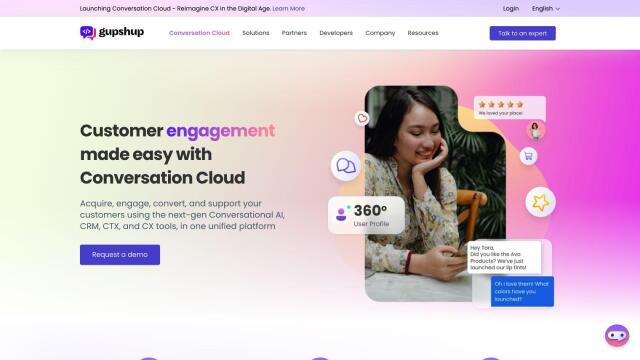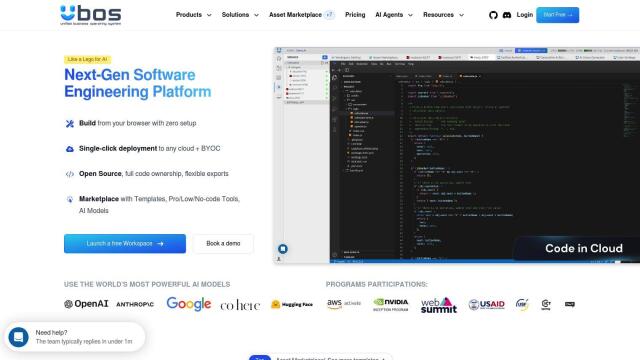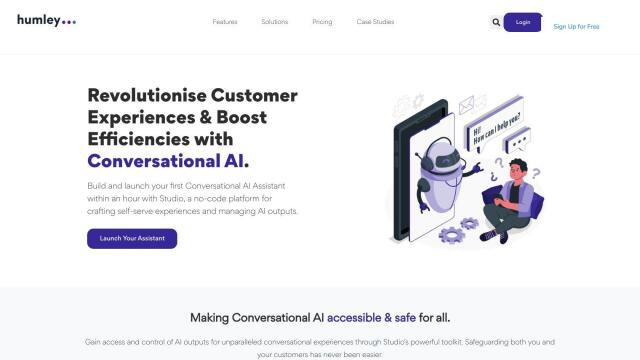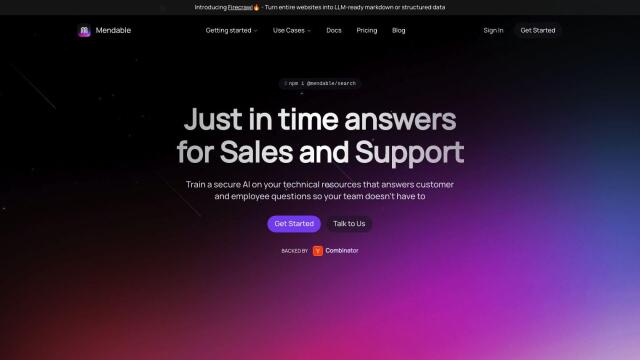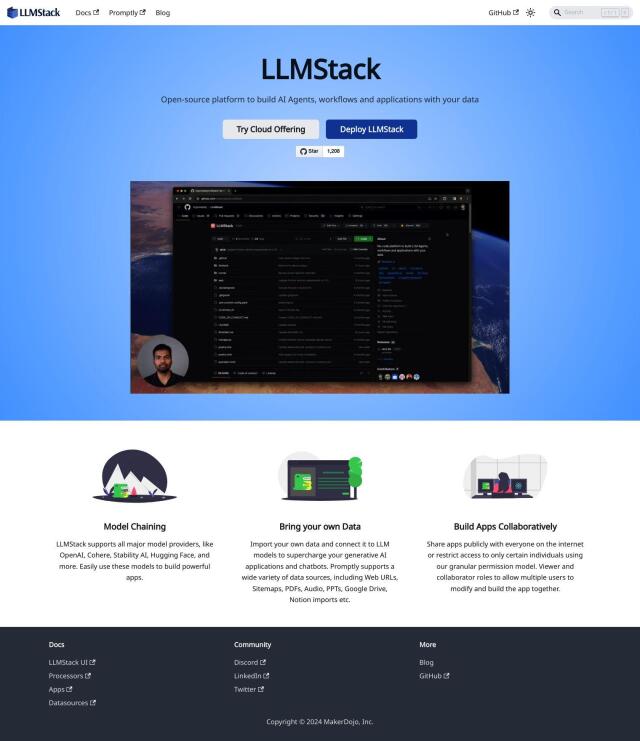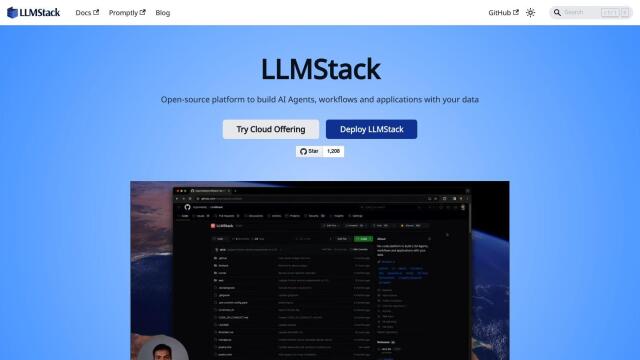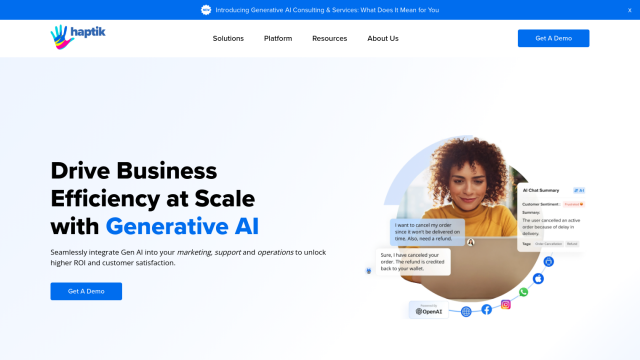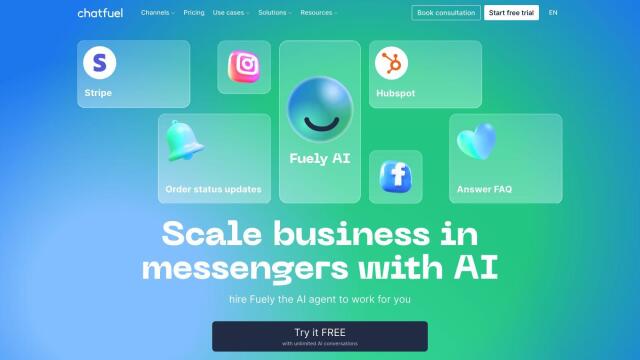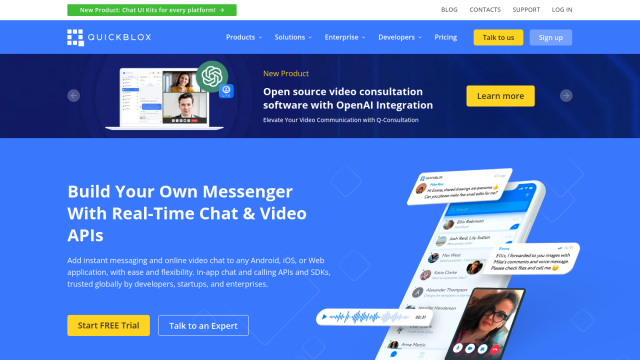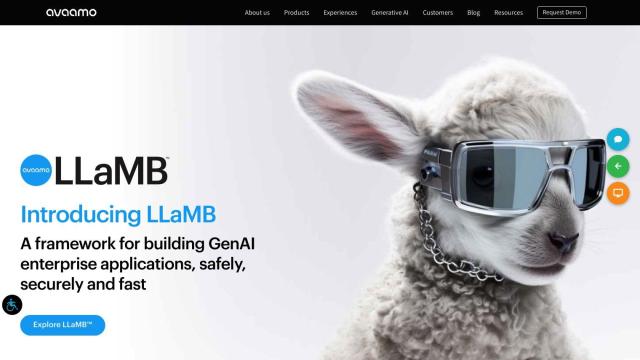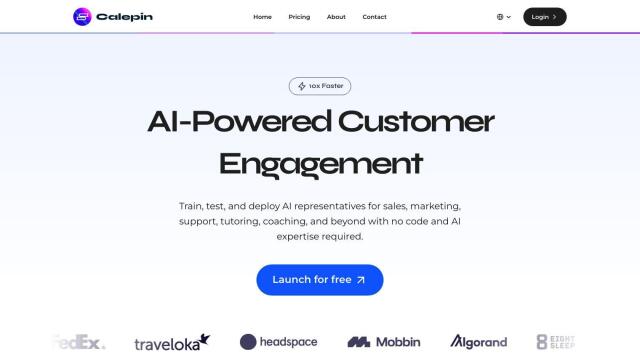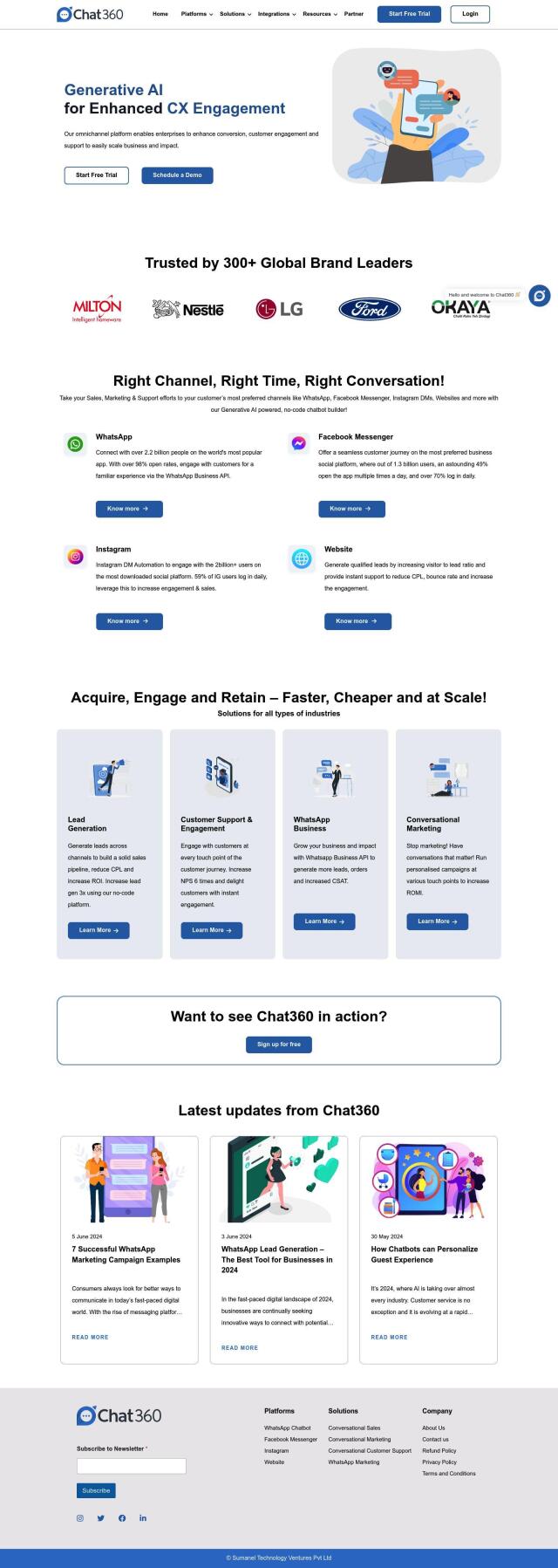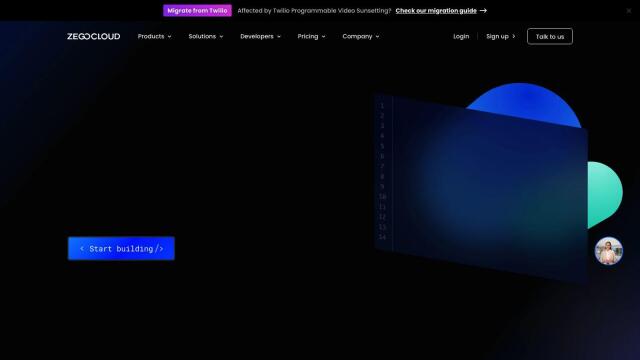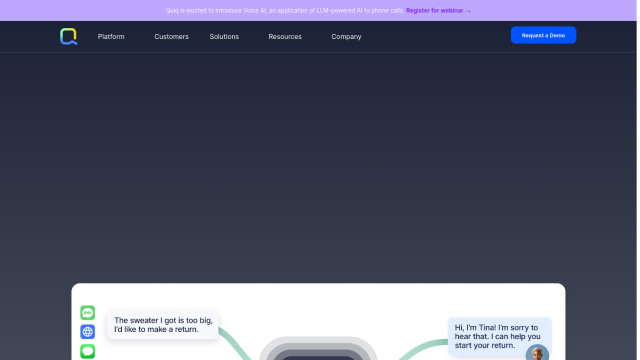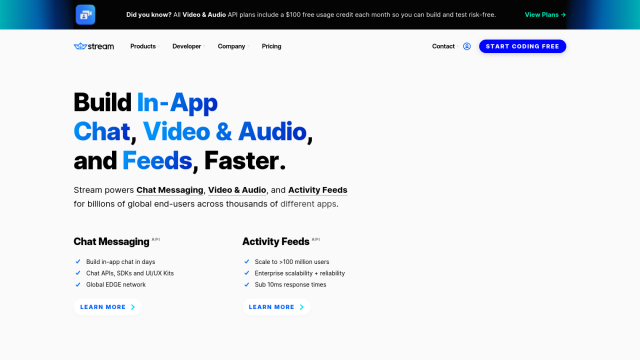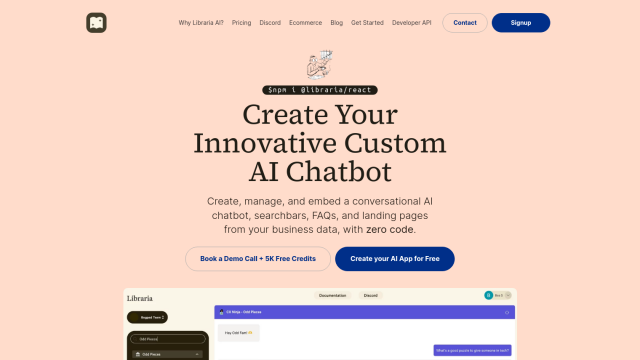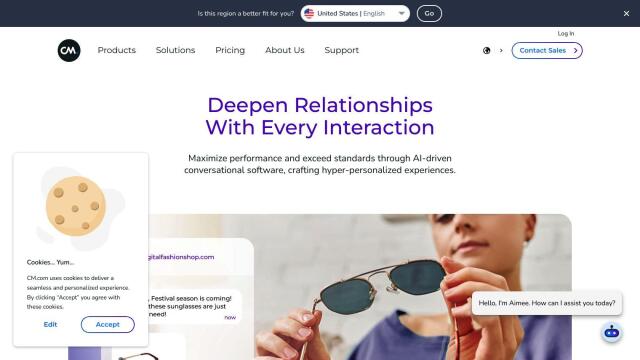Question: Can you recommend a framework for building conversational apps that can handle multiple platforms?
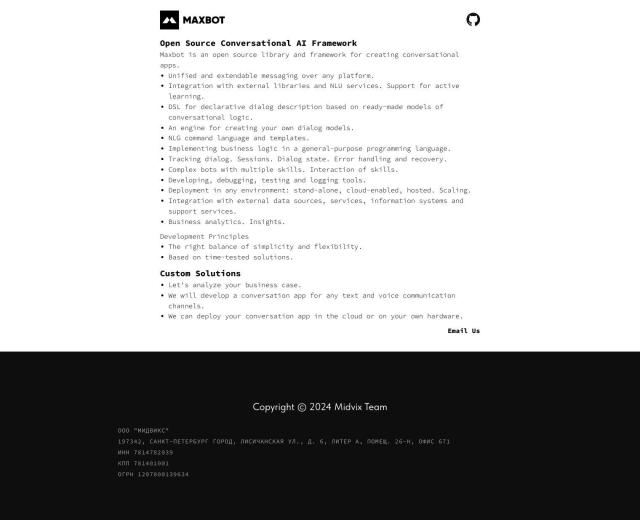
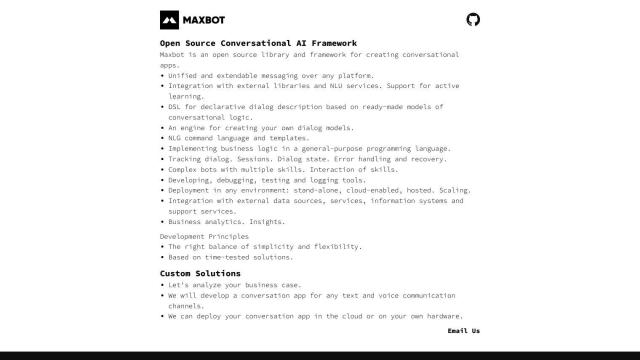
Maxbot
For conversational apps that span multiple platforms, Maxbot is a good option. It's an open-source library and framework that offers unified messaging across multiple platforms. Maxbot can be used with external libraries and NLU services, and it uses active learning to improve conversational intelligence. It includes a DSL for declarative dialog description, custom dialog models, and support for deployment in stand-alone, cloud, and hosted environments.
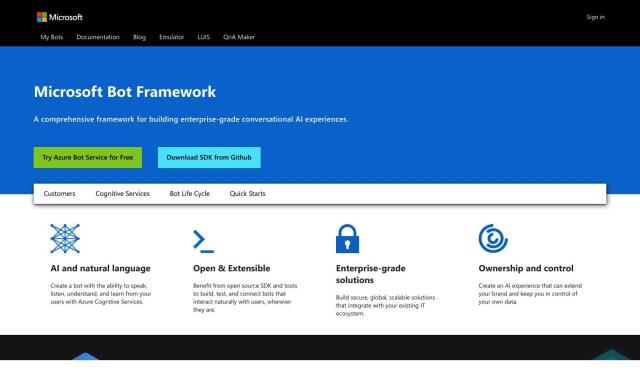
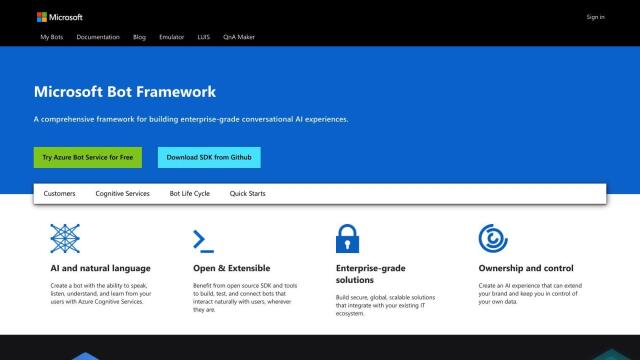
Microsoft Bot Framework
Another powerful option is the Microsoft Bot Framework, an open-source foundation for building enterprise-level conversational AI experiences. It taps into Azure Cognitive Services for sophisticated natural language understanding and generation abilities. The framework includes a visual authoring canvas, custom language understanding models, and several examples like virtual assistants and customer service. It can be deployed on multiple platforms, and there are flexible pricing options including a free tier.

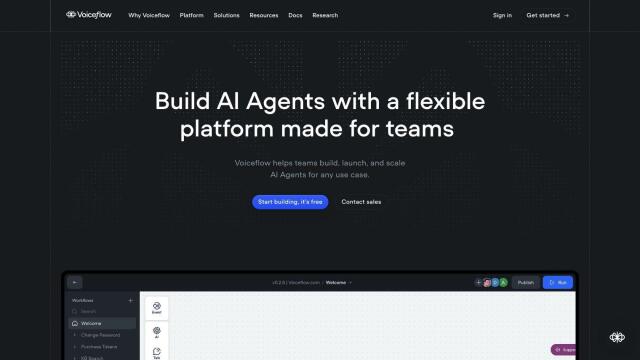
Voiceflow
Voiceflow is another option. This collaborative service lets you create, deploy and scale chat and voice AI agents with a visual drag-and-drop interface and centralized data repository. It can be integrated with many services, including analytics tools and CRM systems, and has several pricing tiers. Voiceflow is good for automating customer support and building in-app copilots.


Sendbird
If you want a more flexible and scalable foundation, Sendbird offers a communications API platform that spans chat, AI chatbots, SMS, WhatsApp, voice and video. Sendbird offers very abstracted APIs, SDKs and UI kits so you can easily deliver messaging experiences across many platforms. It also has features like targeted messaging and group chat, so it's good for many different industries.

